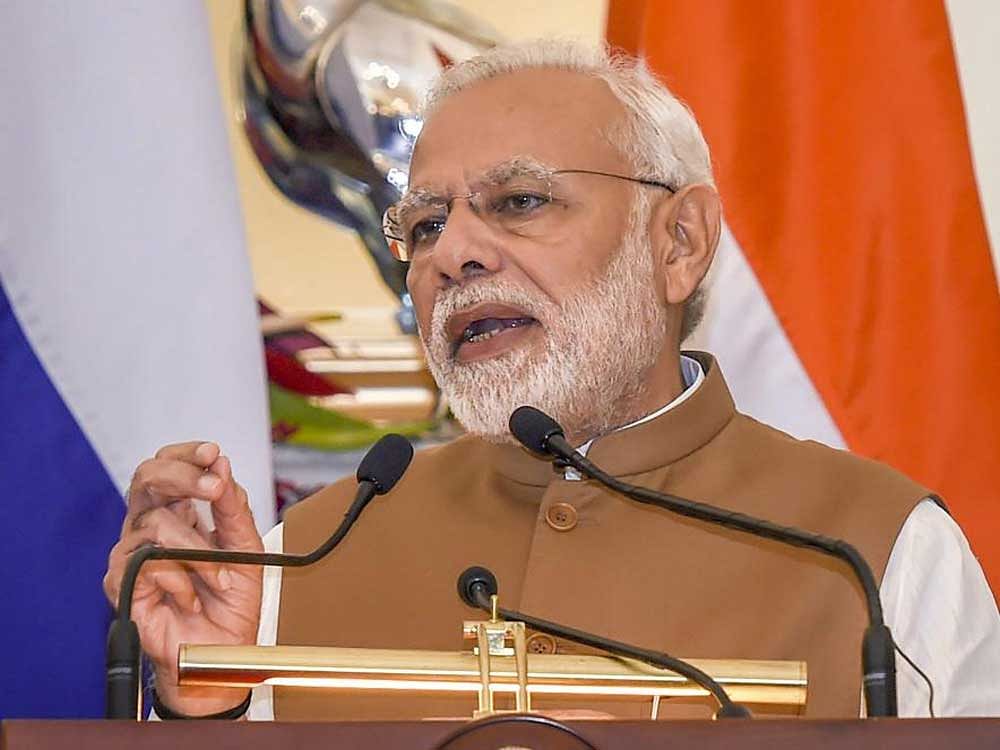At a glance, the Ayushman Bharat scheme of the central government would seem like a wild fantasy. The scheme proposes to employ healthcare insurance to cover the costs of secondary and tertiary care (meaning hospitalisation) for 10.74 crore of India’s poorest and most vulnerable families on the basis of the Socio-Economic Caste Census (SECC).
The flagship scheme of the Modi government, often dubbed ‘Modicare’ on the lines of America’s ‘Obamacare’, is a measure deemed to please the public at large. Ever since its announcement in the 2018 Budget speech, circles have been rife with debate on how practical it is to implement a scheme that could potentially cost Rs 5 lakh per person and benefit 53.7 crore out of India’s 121 crore citizenry, or roughly about 44% of the country’s population.
At about 1.3% of the national income, India’s public healthcare spending between 2008 and 2015, has virtually remained stagnant. The average claim amount per insured person, in 2009-10, was Rs 1,34,990 for a single major disease.
Such massive out-of-pocket expenses have the propensity to throw personal finances out of gear and into the thresholds of poverty. Because inflation in healthcare expenses has been known to increase faster than general inflation, the problem is likely to get worse in the future.
Doctor-density ratio
The WHO reports the doctor-density ratio in India at 8 per 10,000 people. The United Nations Sustainable Development Goals propose universal healthcare access as a fundamental objective to guide national policies and healthcare frameworks.
To achieve such access, merely increasing the number of primary and secondary healthcare centres is not enough. Access should be equitable. Infrastructure creation and quantity of healthcare centres should go hand-in-hand.
The recently launched National Health Protection Scheme (NHPS) also contains a component that envisages the creation of 1,50,000 new health and wellness centres across the country by 2022. As of June 2018, the number of primary health centres (PHCs) increased to 32,743 and number of sub-centres reached 167,732 in India.
However, the quality of healthcare services to be provided at government run facilities remains a challenge owing to the lack of timely funding and sources of maintenance. Notwithstanding this, incorporation of technology such as telemedicine at costs that bear proportion to that afforded by the rural public can ensure greater success to the outcomes from this programme.
With rising teledensity and mobile connectivity, internet access is available at very remote places today. Doctors must be encouraged to spend some of their time providing consultations to an exclusively rural clientele over the online medium. Grassroots healthcare workers may be given smartphones and be trained to access medical professionals for expert views and reviews.
Facilities should be made available to transport blood or other tissue samples to the nearest clinical laboratory for determining the course of therapy to be administered. Without supporting infrastructure such as roads, internet connectivity and a steady supply of electricity, the NHPS would not be able to deliver its objectives effectively.
Major challenge
One of the major criticisms of the NHPS is that it does not provide a cogent mechanism to fund the potentially huge expenses that implementation is likely to incur.
At present, funding sources are the Union government, the states and the individual. If one assumes that there are five people in a family on an average, then the requisite cost to the exchequer could run into trillions of rupees. But risk insurance assumes that everyone is not likely to fall sick in the same year.
Apart from using a limited corpus of money to fund healthcare expenses for a few, insurance also provides the advantage of hedging against inflation. People must also be educated to get their ailments diagnosed at the appropriate stage and this should not be a prerogative of the rich. The practice of family doctors must be promoted at the village level even if consultations are by remote telephony.
Until people are affected and touched by an outreach of the NHPS, it is not likely that the Modi government will be able to garner praise or credit for its impact. And the way to gain credible impact is by factoring in all the challenges the scheme is likely to face when it is being implemented. Till then, this ambitious mission is likely to remain a ‘paper tiger’.
(The writer is MD, Paras Healthcare)
